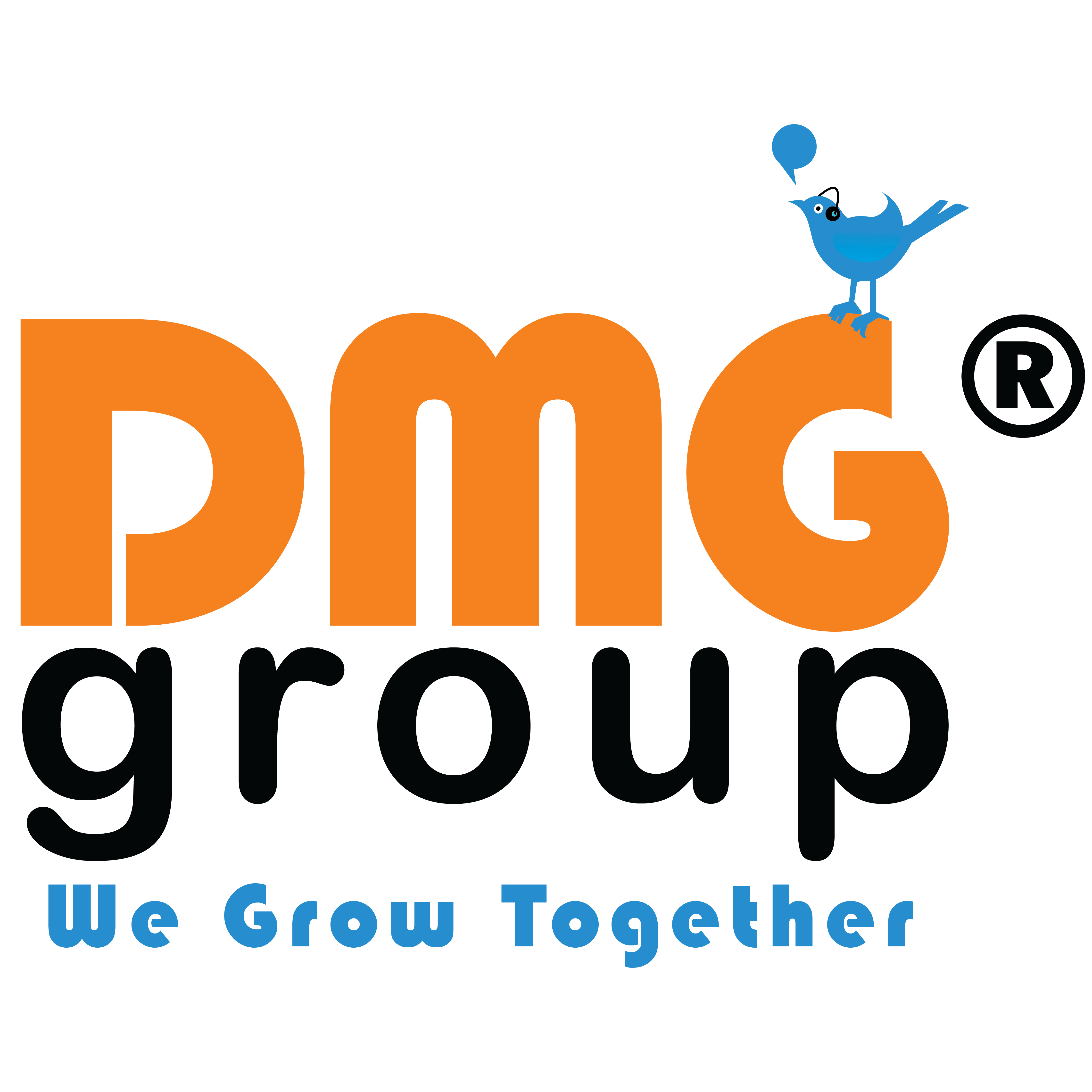FMCG & Retail
- Home
- FMCG & Retail

FMCG & Retail
“The FMCG (Fast-Moving Consumer Goods) and Retail sectors represent dynamic industries at the forefront of consumer demand and market trends. FMCG companies produce goods that are typically consumed on a daily basis, such as food, beverages, toiletries, and household products. Retail, on the other hand, involves the sale of these goods to consumers through various channels including brick-and-mortar stores, online platforms, and mobile applications. Both sectors are highly competitive, with companies constantly innovating to meet evolving consumer preferences and behavior.”
-
Market Research and Analysis:
– Analyze market data to identify opportunities for product innovation and market positioning.
– Conduct thorough market research to understand consumer preferences, trends, and competitor strategies within the FMCG & Retail sector.
Brand Development:
– Create compelling brand messaging and visuals to differentiate your products in a competitive market.
– Develop a strong brand identity that resonates with the target audience and reflects the values and offerings of your FMCG & Retail business.
Product Placement and Distribution:
– Establish partnerships with distributors and retailers to ensure widespread availability of your FMCG products.
– Strategically place products in retail stores, supermarkets, and online platforms to maximize visibility and accessibility.
Customer Engagement and Loyalty Programs:
– Implement customer engagement strategies such as loyalty programs, discounts, and rewards to foster long-term relationships with FMCG & Retail customers.
– Collect and analyze customer feedback to continuously improve products and services.
E-commerce Integration:
– Optimize product listings and user experience to drive sales and enhance customer satisfaction.
– Establish a strong online presence through e-commerce platforms and your own website to reach consumers beyond physical retail locations.
Data Analytics and Performance Tracking:
– Use insights from data analysis to refine marketing strategies and optimize resource allocation.
– Utilize data analytics tools to track key performance metrics such as sales, customer acquisition, and marketing ROI.

